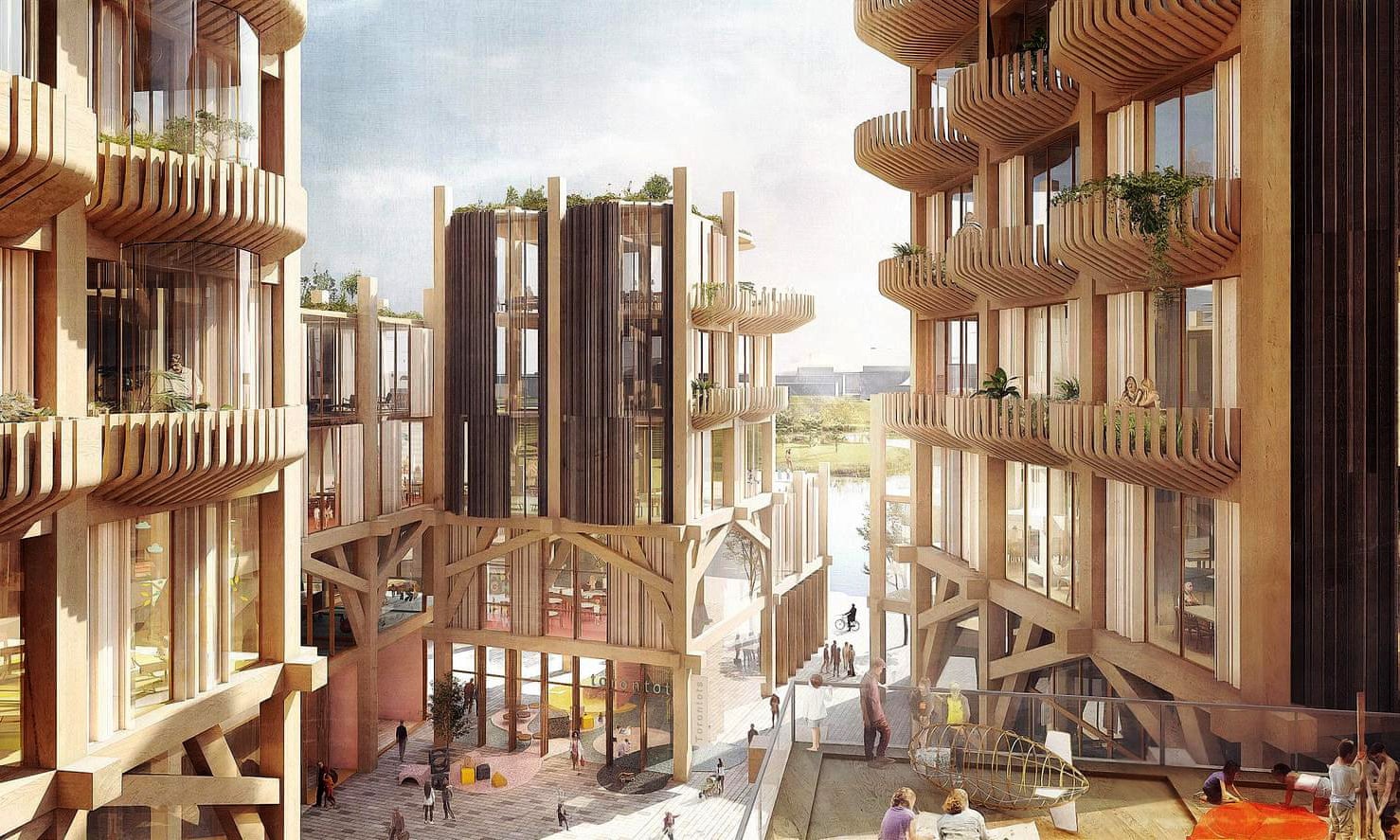There is a scholar, Alfred Whitehead, who talks about the fallacy of misplaced concreteness, that is when an abstract belief is treated as if it were a concrete real event or physical entity. One could argue that what we think of as progress may be misplaced concreteness.
After water, concrete is the most widely used substance on Earth. If the cement industry were a country, it would be the third largest carbon dioxide emitter in the world with up to 2.8bn tonnes, surpassed only by China and the US. It also uses inordinate amounts of sand, as this article shows. And, it goes without saying that critical habitat for biodiversity is being destroyed at the same time.
Human development and the use of concrete appears to be an ideal marriage. Yet, this violates the Paris agreement on climate change, under which every government in the world agreed that annual carbon emissions from the cement industry should fall by at least 16% by 2030 if the world is to reach the target of staying within 1.5C to 2C of warming.
In an earlier blog, I questioned the meaning of progress. We now need to carefully question our development addictions and explore more sustainable alternatives. For example, a possible win-win solution is the use of waste plastic in making concrete. And this article explores the use of wood in new buildings and fly ash as more sustainable ways of making concrete.

Image by Picture Plane for Heatherwick Studio via The Guardian
- Log in to post comments



CRC Comments